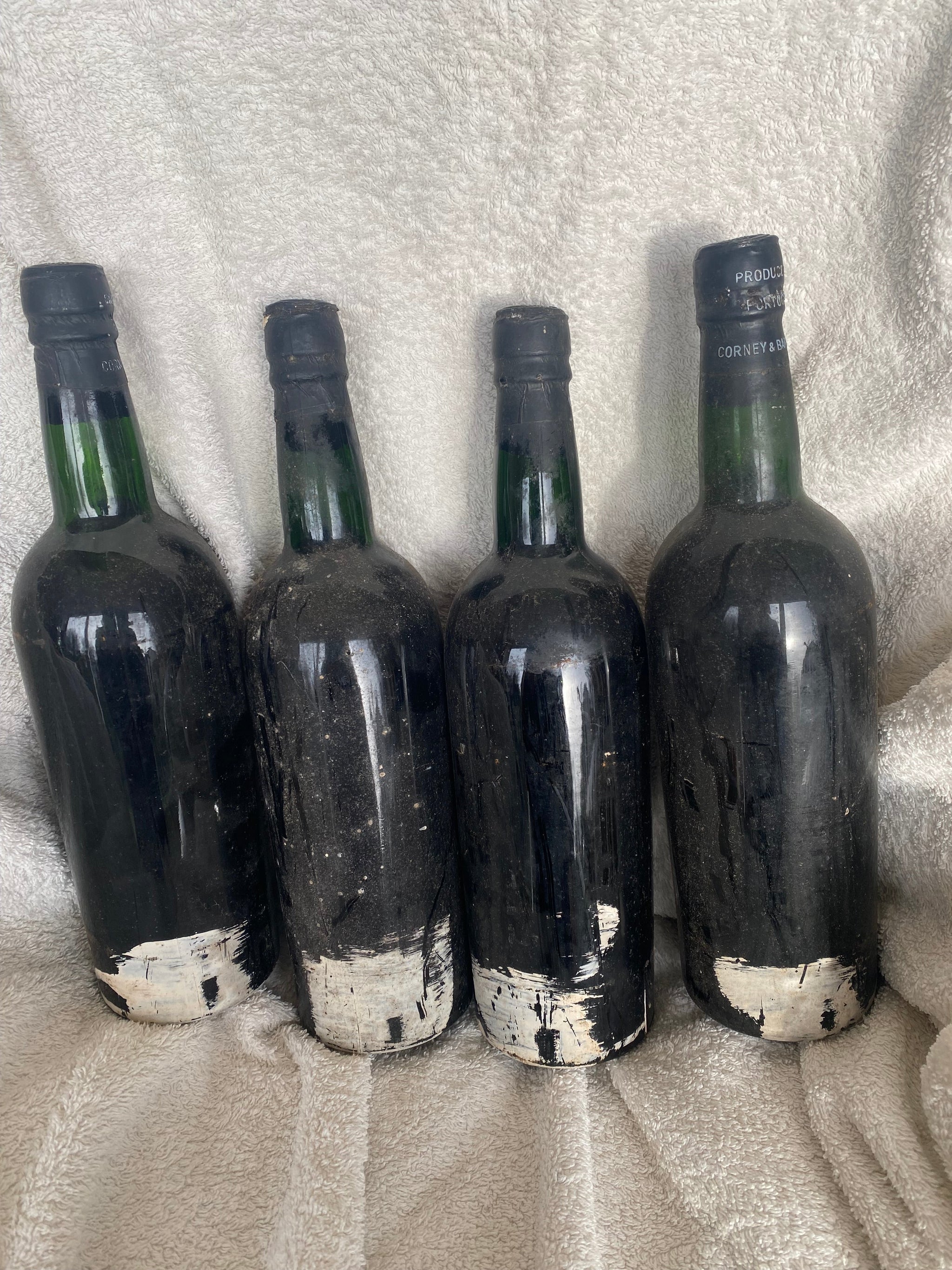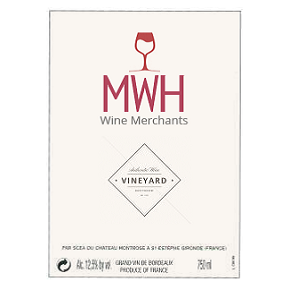The red wines of Bordeaux are righty revered throughout the world. Like Burgundy and Pinot Noir, there is something magical in the region’s union of grape and ground. Unfortunately, claret has something else in common with Burgundy: the price! Prices have soared over the last few years leaving many wine lovers feeling priced out of the market. According to the latest Liv-Ex data, the Bordeaux 500 Index rose by 10.5% in 2021, with superstar properties such as Lafite Rothchild, Latour, Petrus, and Mouton Rothschild seeing rises far in excess of this.
Much of this rise has been driven by demand by investors who, seeing turbulence in the stock markets and the real-world economy, have turned to wine in search of returns. As we noted in our recent blog on fine wine investment in 2022, there seems plenty of scope for growth. Trophy wines have become prime investment vehicles and it’s likely that prices for these will continue to rise.
In itself this is fine by us. Yes; it’s disappointing that even fewer wine lovers will be able to drink these iconic wines, but to be honest that’s been the situation since the mid-1990s when the Asian fine wine market burst into life. We’re old enough to remember wines like 1982 Mouton Rothschild being offered at £230 a case en-primeur – roughly the same price as a bottle of Le Petit Mouton today.
What’s more concerning, is how Bordeaux prices across the board have risen. Once affordable classed growths – La Lagune, Langoa Barton, Figeac and the like – have also seen sharp price rises and are now out of the reach of many a wine lover. Even entry-level wines have become pricier. Reliable, highly-drinkable commune wines are now often over £20 a bottle, and while the basic AC wines have kept their prices affordable – largely owing to pressure from the supermarkets and large independents – these wines are often of questionable quality, and Bordeaux blends from South Africa, Chile, Australia, and Argentina are usually far better bets.
So what’s a claret lover to do? Take out a second mortgage every time they fancy a glass of wine or settle for the thin gruel of over-cropped Merlot under the AC Bordeaux banner? No, affordable red Bordeaux can still be found, it’s just a question of knowing where to look, and here is MWH Wine’s top tips for finding Bordeaux beauty on a budget.
Top Tips For Finding: Affordable Red Bordeaux
Tip 1: Cru Bourgeois
At MWH Wines we’ve always been fans of Cru Bourgeois, but the rise in quality over the past couple of decades has made them our go-to for excellence and value. As demand for the region’s wines has soared so many of the leading Cru Bourgeois have attracted investment which has translated into significant improvements in the quality of their wines. Properties such as Greysac, Cissac, Tour de By, d’Angludet and our personal favourite, Caronne St Gemme can offer wines that are within an ace of being as good as their Classed Growth cousins for a fraction of the price.
Tip 2: Second Wines
Another great source of excellent value claret is second wines in great vintages – of which we’ve seen a lot of late – these can be outstanding. The second wines from the likes of Mouton, Latour (even though Les Forts isn’t actually a second wine), Margaux and Cheval Blanc, are increasingly prohibitively expensive, but look further down the classifications and gems abound. Moulin de La Lagune, Amiral de Beychevelle, Sarget Larose, Segla, Echo de Lynch Bages, and La Petit Eglise are among a slew of superb wines for reasonable money.
Tip 3: ‘Off-Vintages’
We’ve talked a lot about Bordeaux vintages on this blog over the years. From whether climate change is killing Bordeaux with kindness to asking if the last decade has been the most successful ever, vintages have been a constant source of debate. Traditionally, vintage variations have been of huge significance with year’s such as 2014 and 2015 being like chalk and cheese. The former being met with indifference while the latter had collectors fighting for allocations.
Given the rise of standards in the vineyard and the winery, vintages such as 2013, which would have once been regarded as a washout, produced sound wines. With so many great years cropping up investors can pick and choose as to which they buy into, and good years – 2008, 2014, 2017 and the like – are left well-priced.
Tip 4: Satellite Communes
The super star communes such Pauillac, Pomerol, St Emilion, and Margaux are home to some of the most famous wines in the world. Their leading châteaux lend them a mystique that pervades all their wines and sends prices up in the same way that wines like Romanee Conti makes Vosne-Romanee’s villages wines so expensive. Cast your net a little farther afield and you can find outstanding wines from lesser known areas. The Cotes de Castillon, Lalande de Pomerol, St. Georges de St. Emilion, Cotes de Bourg, and Blaye are all worth exploring.
Affordable Claret Is Alive And Well
While finding great value Claret isn’t as easy as it once was, it’s far from impossible. Wine lovers just need to look around and be less-fixated on vintages than they (rightly) once were. Bordeaux produces around 600m bottles of wine a year, and investment quality wines make up less than 5% of that total. That leaves an awful lot of scope for quality and value so wine lovers can continue to enjoy this fabled region’s wines for years to come.
Like Some Fine Wine Help?
We hope you’ve found this blog on red Bordeaux to be of interest. If you would like some wine advice then please do get in touch by calling Mike on 0118 984 4654 or by emailing MWH Wines here. A recognised authority, he’ll be happy to advise you on which wine is right for you.

